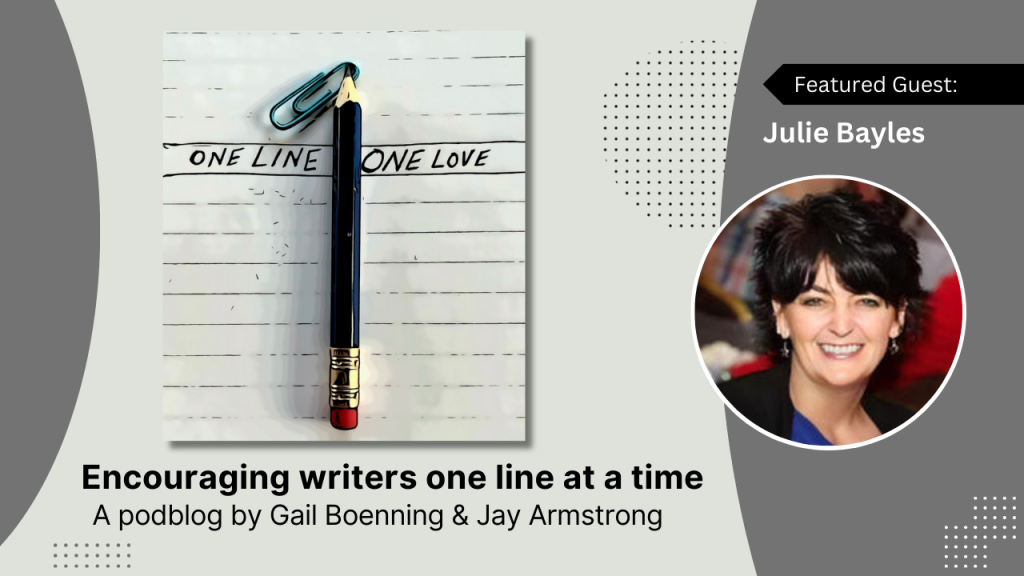The One Thing I Learned Today: Creativity

My kids often return home from school and announce they didn’t learn anything.
When threatened with withdrawing them from private school and enrolling them in the local public school (not that there’s anything wrong with public school…I was a public school teacher for 17 years), they usually tell me something they already learned. Like today I learned earth consists of seven continents or tomatoes are fruit or The Great Gatsby was a book before it became a movie.
Since my writing is often a response to my life as a dad, a teacher, an everyday writer, and a curious human I want to intersect these four areas in the letters entitled, The One Thing I Learned Today. Because learning is simply essential to doing more and fulfilling our human potential, in these letters I will explore a subject I want to know more about.
And if my kids ever ask me if I learned something today, I can respond “yes” and avoid the public school threat.
_________________________________
In his memoir, Born Standing Up, legendary comedian Steve Martin reflects on creativity, “Moving on and not looking back,” Martin writes, “not living in the past was a way to trick myself into further creativity.”
There as many ways to be creative as there are people. Creativity is one of the unique human experiences like love and sadness that will never be completely understood and never be completely measured.
Mondays are always my least creative day of the week.
For years, I chalked up my lack of creativity to simply having a, “case of the Mondays.” If Friday is a day to feel good and Elton John assured us, “Saturday night’s alright for a fight,” I just believed Mondays were alright for spite.
So this past Monday morning, as the negative thoughts panged my heart like an engine low on oil, I wondered about these Monday “creative” blues.
Did the day of the week really determine my creativity?
Is there a way to overcome my Monday malaise and be more creative and feel more fulfilled on Mondays?

In John Cleese’s book “Creativity: A Short and Cheerful Guide,” the famed actor, writer, and comedian references a 1960’s study done by Donald MacKinnon at the University of Berkley. To date, it’s one of the most revealing studies on creativity ever done. In short, the study revealed creativity grows when a subject is allowed to be creative without consequence. Cleese explained that playing, like carefree children unconcerned with outcomes and appearances and present with their imagination, is key to being creative.
After listening to Cleese’s book (which I highly recommend because his English twang–as the Brits would say–is smashing), I thought about a technique I often used in my Creative Writing classes to get uninspired students inspired.
I would give them a simple prompt, “The cafeteria smells like, tastes like, sounds like, feels like, looks like…” and then give the students one minute to write down words and phrases (no sentences) that would complete the simile.
At “Go!” the students feverishly wrote. And when time was up, they still wrote. Some students had done more thinking, more creating in one minute than in one semester (It was public school).
Like kids playing, they asked for more time. Often, when I announced “time’s up” (like a proper adult) they kept playing (like a proper kid). And when I asked them to share they would not stop sharing. The enthusiasm and energy overflowed like a crayon box in a kindergarten classroom.
I realize now:
Low stress (no sentences) + immediate urgency (timer) = high creativity
Also I realize the American education system (both public and private schools) often operates using a painfully different equation:
High stakes (this assignment will be 40% of your grade and if you fail, so will your unborn children) + low urgency (you have 6 to 8 weeks to complete this assignment)= little creativity

Cleese defined creativity as simply, “new ways of thinking.”
I really like this. And with this definition, I realized creativity is not just for the arts. Creativity is needed in any area of life. Be it science or engineering or business or cooking or coaching baseball or laying brick. Creativity is essential for improving our performance and sustaining success in a specific area. Being creative is making a bigger, happier, and more interesting life. And if we’re not being creative (even slightly) than were not:
a. fulfilling our potential
b. having a lot of fun
I wrote this letter because today I learned being creative is matter of being present.
Like yoga or meditating or hitting a baseball–the less you think about the past or the future or the critics or that you have to buy more cheese for tonight’s dinner, and the more you float in the present currents, the more creative you will be.

I realize I feel less creative on Mondays because I’m not present enough.
It would be an impossible study but I think most people feel the same way about Mondays. We are often hungover (literally or figuratively) from the weekend and wish we could go back to Saturday or back to bed.
I know, Mondays are hard. Before breakfast, we’re smacked with the demands, realities, and responsibilities of the week. In February 2023, Fortune magazine wrote an article about a growing workplace trend called, “Bare Minimum Monday.” As advertised, it’s a practice where employees show up to work to only do the bare minimum on a Monday.
But learning to transform Mondays into a day of possibility, instead of just trudging through it, is vital to maximizing our creative potential. To do this, especially on Mondays, pay greater attention to yourself–play some relaxing music, go for a walk, take some deep breaths, simply sit still and listen, or set a timer and make a list.
Steve Martin and John Cleese realized people can be presently creative when they condition–both the internal and external–environments to welcome creativity.
I realize now I had been avoiding doing things that make me presently creative in Monday’s haze because those things require conscious energy and deliberate effort. I’m convinced saying we have a “case of the Mondays” is a convenient excuse we use to avoid being creative. Because creativity requires presence. And sometimes presence is difficult–especially on Mondays.
Be well,
Jay
One Line One Love with Author and Advocate Julie Bayles: Episode 11– Writing Empowers and Connects

If you haven’t heard yet… my friend Gail Boenning and I recently launched a podblog called, One Line, One Love.
OLOL is a unique listening and reading experience that will inspire everyday writers, who dream of writing, to pick up their pens and write one line at a time.
This podblog format (a hybrid of a podcast and blog) is for everyday writers who–like me–often need a creative boost, a scrap of encouragement, and practical advice to unleash the writer within. Each episode consists of five wide-ranging, writer-focused questions and a weekly writing prompt.
Please check it out! And please share with any writer friends or anyone in your life who has ever considered picking up the pen.
Last Chance…

Discount Link: Click Here
~~
Warm greetings to everyone who found me on the University of Pennsylvania’s Ataxia Clinic’s website! Thanks for stopping by. I have ataxia and though I’m not a doctor, I hope my words comfort, encourage, empower, and serve as good company on your journey.
~~
Jay Armstrong is a speaker and an award-winning author. Despite being diagnosed with a rare neurological disease, that impairs his movement, balance, eyesight, and speech–Jay presses on. The leader of the Philadelphia Ataxia Support Group, he hopes to help you find joy, peace, and meaning in life.






